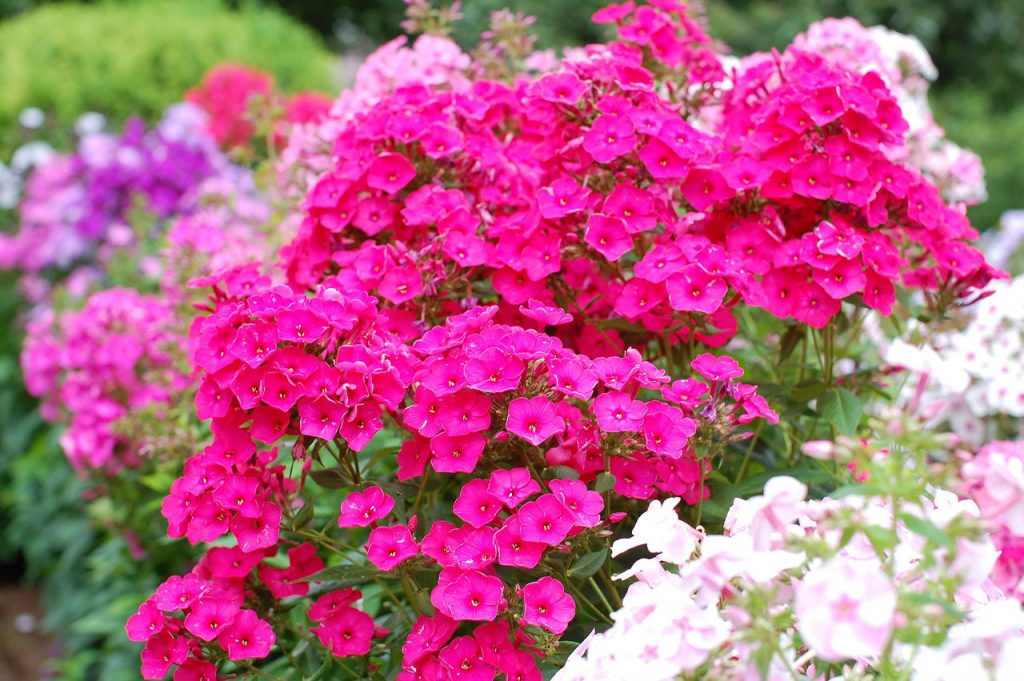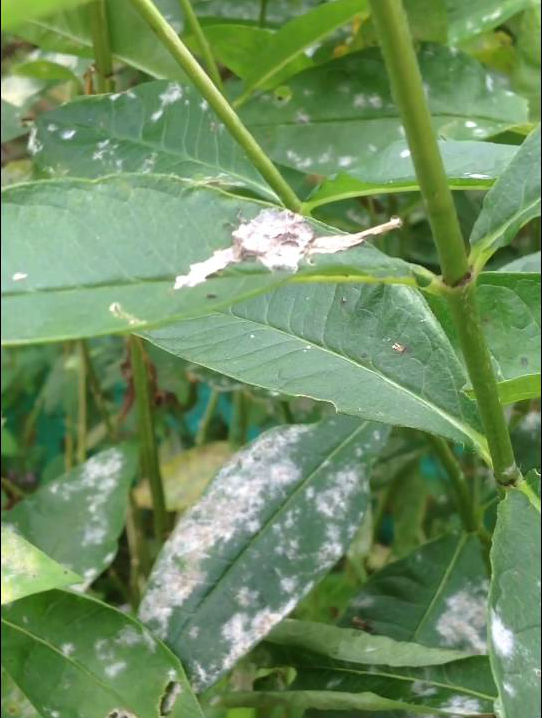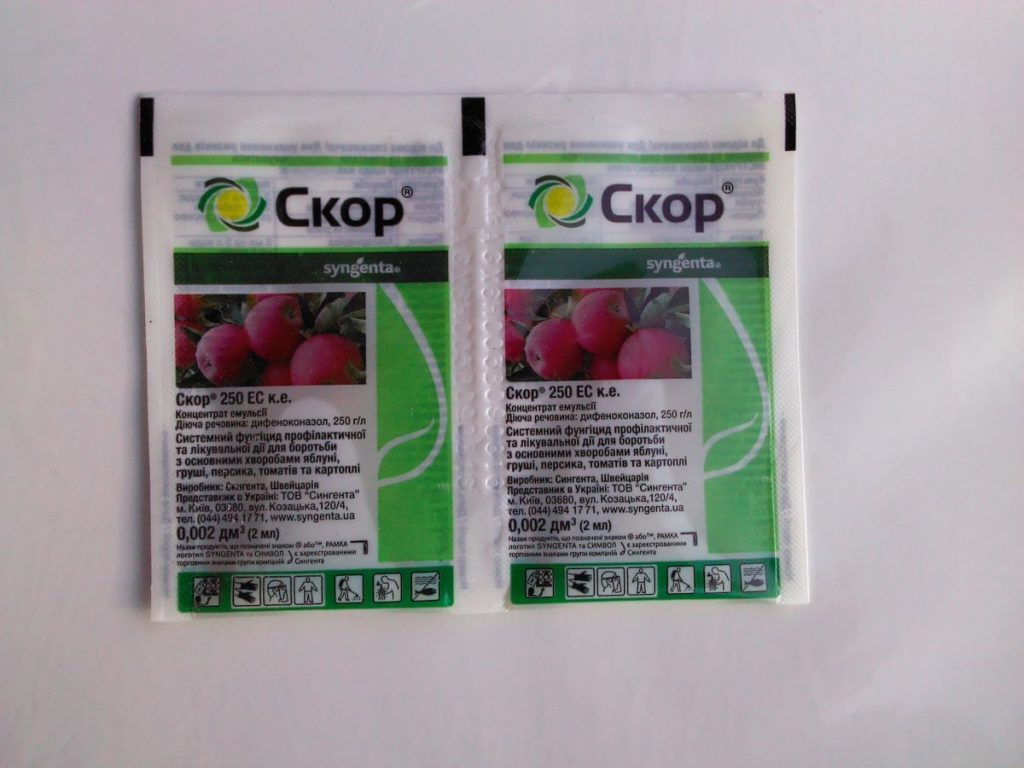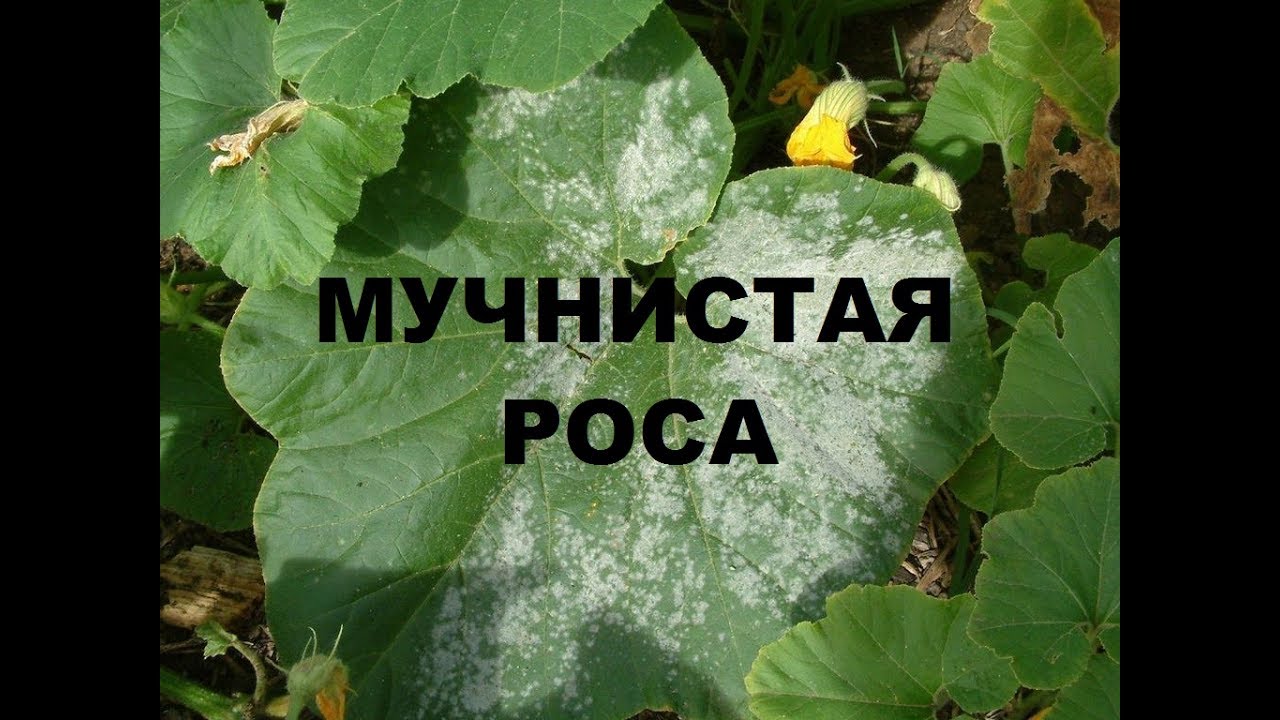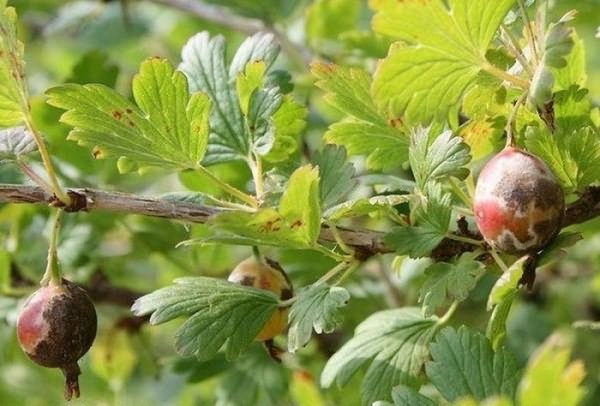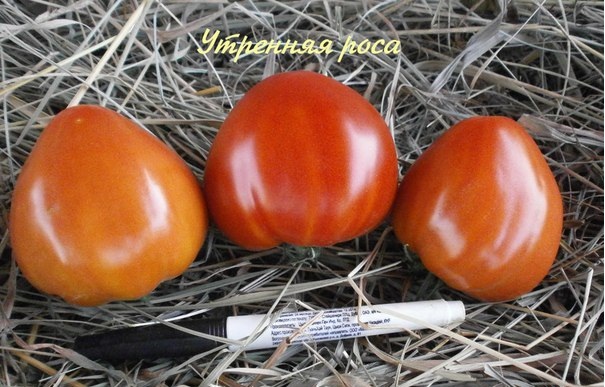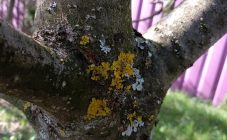Content:
Good quality plantings of phloxes cannot be obtained without a well-built plant protection against diseases. In this regard, you need to know what to do if phlox leaves are covered with white bloom.
Basic rules for caring for phlox
Selection of conditions
Phloxes prefer places with ample access to sunlight. If they are planted in an excessively shaded area, the stems will deform, become brittle, thin, too elongated and oblong. Flowers in unsuitable conditions begin to fade and become ugly, and also become friable and often get sick. In addition, their maturation will occur several weeks later than the due date.
Most phlox varieties are characterized by relative resistance to heat and drought. However, despite this, in dry weather, with a prolonged absence of precipitation, it is recommended to spray the plantings using a spray gun. The procedure is carried out whenever possible in the evening, when the sun goes down.
Landing
Phlox is grown in two main ways: seedling and seed.
The first method involves the preliminary preparation of a special hole, which is first poured with water, and then the plant is transplanted there. The distance between the two bushes is made equal to 40-45 cm, the row spacing should be at least half a meter.
When planting with seeds, you need to remove them from the pods, and then lower them into water to remove low-quality seeds that will float to the surface. Seeds of perennial phlox most often require preliminary stratification, while annuals are usually allowed to be planted without it.
The subsequent care of plants is typical for all other ornamental plantings and includes watering, fertilizing, pruning, preparation for the winter period. An important aspect of phlox care is their protection from various diseases. Most often, the culture in question can contract fungal diseases, the most common of which is powdery mildew. To treat it, you need to know what to do when a white coating appears on the leaves of phlox.
Why do phlox leaves turn white: what to do?
This fungal disease on phlox was most common in Europe, but in recent years it has been increasingly noted in Russia. It is possible to determine that the plantings are affected by this particular disease by the following characteristic signs:
- the appearance of a grayish-white powdery bloom near the root system and in the lower part of the shoots, gradually turning into foliage;
- weakening and fragility of the stems;
- wrapping the foliage in a tube, followed by drying;
- scattering of spores of mycelium in different directions, which leads to damage to nearby vegetation and, first of all, young growth.
White plaque on phlox, similar to mold, washing powder or flour, is the main and most specific symptom of the disease. The cause of the appearance, development and spread of the disease is a fungal infection, which has increased resistance to various temperatures.Its vital activity is efficient even in hot dry periods without precipitation. Nevertheless, the optimal conditions for the development of powdery mildew, like all other fungal diseases, is a warm, waterlogged summer.
Infection with the disease usually occurs in the spring, when plants accumulate vegetative mass most effectively. Symptoms most often appear in the middle of summer. The disease is spreading very rapidly. All plants on the plot can be completely white and covered with bloom within three to five days.
In the absence of proper treatment in the fall, at the end of the growing season, they observe how the white plaque acquires a pronounced brownish color. This signals that the fungal infection has begun preparing for the winter period and is forming fruiting bodies. When the foliage from the phlox begins to crumble, the fungus will penetrate the ground. Next year, not only phloxes will be affected by the disease, but also other crops cultivated nearby.
Powdery mildew on phlox: how to get rid
Preventive measures
It is much easier to prevent the defeat of phlox by powdery mildew than to try to cure the plants and get rid of the disease later. So, the soil in the bite sector must be regularly sprinkled with wood ash.
During the growing season, phlox plantations need several full-fledged dressings, which should include a variety of nutrients. It is necessary to carefully observe the dosage when applying fertilizers. This is especially true for nitrogen fertilization. An excess of this substance will provoke an increased build-up of vegetative mass, in which powdery mildew develops more rapidly.
It is recommended to do the same with weeds, which must be regularly removed from the plot.
Fungal infection spreads much faster in thickened cultivation conditions. It is necessary to eliminate this factor by timely thinning the plantings. Excess plants should be removed.
In the autumn period, the soil on the plot with phlox is thoroughly dug up, adding top dressing to it, which should contain copper. With the onset of spring, the soil on the site is mulched.
The best preventive measure against the development of powdery mildew is a 1% solution of Bordeaux liquid or copper sulfate. On phlox plantings, it is allowed to fight with these funds every two weeks.
The simplest way to prevent the appearance of powdery mildew on phlox is the cultivation of resistant varieties. Breeders in Russia and the world have not yet managed to breed varieties that would be characterized by absolute immunity to this disease, but today there are varieties that are very weakly affected by the disease. These include, in particular:
- Bride;
- Blush;
- Success;
- Michurinets;
- Blue Paradise, etc.
Folk remedies
Before moving on to the use of fungicides, it is recommended to try to save phlox with the help of means prepared according to folk recipes at home.
- An ash solution gives a good effect, which can be made by dissolving 150 g of wood ash in a liter container with water. After two days of infusion, 4 g of laundry soap is added to the solution.Everything is thoroughly mixed and then two sprays are carried out with an interval of two weeks in order to treat phlox.
- Another means mixing a liter of water and 0.4 kg of soda ash. Both components are mixed and then 400 g of laundry soap, crushed into shavings, is added to the solution. The resulting product is also used in the same way as the previous one, only the interval between treatments is made equal to one week.
- A certain amount of cow dung is dissolved in a bucket filled with water. The resulting product can also be used as a natural phlox fungicide.
- You can help the plant with the help of infusions prepared on the basis of weeds. Any weed is poured with water in equal proportions. After five days of infusion, the solution is poured through the filter, after which it is ready for use as directed.
- A variety of this category of substances is horsetail decoction. 150 g of dried plant or 1 kg of fresh plant is soaked in 10 liters of water. The solution is allowed to brew for one night, after which the liquid is boiled. After half an hour, the boiled solution is allowed to cool. After filtering, you need to spray the foliage with it.
- Gardeners recommend using milk whey, 100 g of which is dissolved in a liter container filled with water. The result is a mixture that can help fight disease.
- 50 g of garlic heads are thoroughly chopped and filled with 2 liters of water. The solution is insisted throughout the day, after which it is necessary to process the affected plants on the leaf.
All of the above products are relatively harmless to the plant. Their effectiveness is due to the action of microorganisms, which fight against the fungus.
Pesticides
It is allowed to resort to the use of chemical fungicides only in case of the strongest need, when all other means have not shown the expected effectiveness. You should carefully observe the dosage of drugs and avoid exaggerating it, which can lead to undesirable consequences. The most common form of powdery mildew on phlox is a 0.5-1% solution of colloidal sulfur.
Other fungicides with similar action include:
- Speed;
- Tiovil;
- Fundazol;
- Topaz;
- Baleiton;
- Topsin.
Advice from summer residents and gardeners
The main recommendation for protecting phlox from powdery mildew is that it is required to strictly follow all agrotechnical recommendations. This includes aspects such as:
- selection of a resistant variety;
- adherence to the recommended landing pattern;
- choosing the best place for growing phlox;
- timely control of pests, weeds and other diseases;
- sufficient, but moderate watering, etc.
There are a number of different ways to combat this disease. Their effectiveness is the higher, the earlier this or that method or means was applied. In this regard, it is necessary to carry out regular daily visual inspection of the plantings for symptoms.
Knowing what to do with white spots on phlox, and owning ways to combat powdery mildew, you can easily defeat this harmful disease. This will allow you to keep intact not only phloxes, but also other cultivated plants in the garden or on the plot.
